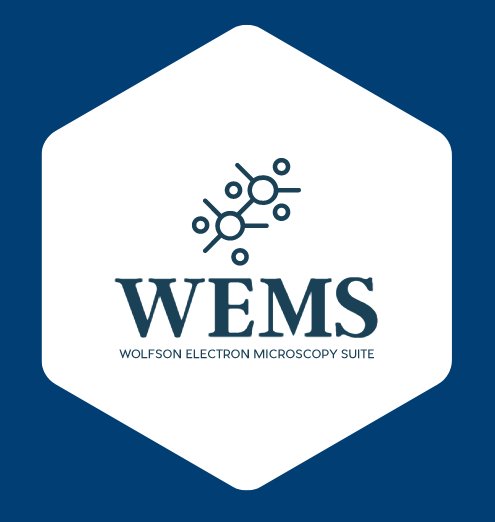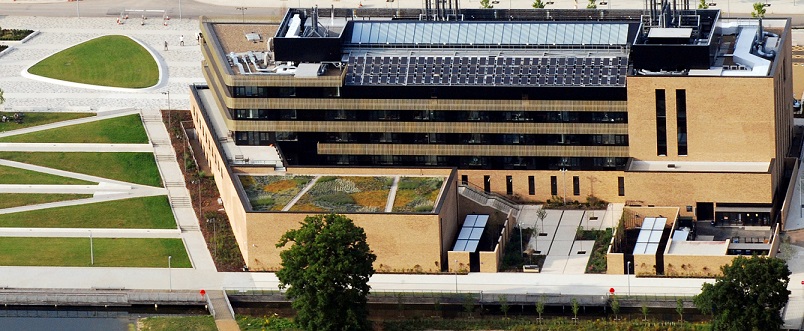
Description of the infrastructure:
The WEMS is based in a world renowned TEM research environment, that has a strong emphasis on technique development and experience of applications to a wide range of materials. Comprehensive facilities are available for preparation and TEM analysis of samples and processing of data. Highly qualified staff can provide both training, scientific support and carry out work in the three installations.

Sample Preparation – FEI Helios FIB, with deposition needles (Pt, Teos and C) and Omniprobe nanomanipulator for lamella removal and handling. A Gatan PIPS II is available for fine polishing of FIB samples and cross section and bulk preparation. An Allied MultiPrep wedge polishing system, cutting, grinding and electropolishing facilities are also available.
The instruments provide a complete and flexible range of imaging, diffraction and analytical capabilities, including atomic-scale imaging and spectroscopy, electron tomography, holography, scanning diffraction and analysis. The WEMS has staff that can provide both training and scientific support for sample preparation, EM analysis and data processing. The EM group has specialised in developing TEM techniques such as electron tomography, electron holography and scanning precession electron diffraction (SPED).
The WEMS has commercial and research software packages and expertise for obtaining Data analysis – PCs and software, including HyperSpy, Avizo, Digital Micrograph, etc. The Cambridge group has a track record of innovation in advanced data processing, applied to techniques including tomography, scanning diffraction and magnetic materials. Data processing facilities and expertise are available to process data produced during TA visits or to train visitors to process their own data, in Cambridge and after taking their results home. Hardware, in the form of work-stations, licences for commercial software, such as Amira for visualisation of tomography data and open-source programmes, such as ImageJ, are available. A strong emphasis will be placed on using HyperSpy to process TA data and disseminating use of HyperSpy to user groups.
- How Transnational Access works?
- Request for access
-
Installations
- Access to StEM Stuttgart
- Access to ERC Juelich
- Access to CEMES Toulouse
- Access to LPS Orsay
- Access to EMAT Antwerp
- Access to OXTEM Oxford
- Access to WEMS Cambridge
- Access to K7 Ljubljana
- Access to FELMI-ZFE Graz
- Access to LMA Zaragoza
- Access to Advanced DME Cadiz
- Access to IC-EM Krakow
- Access to CMAL Chalmers
- Access to Gemini Centre Trondheim
- Access to Beyondnano EM lab Catania
